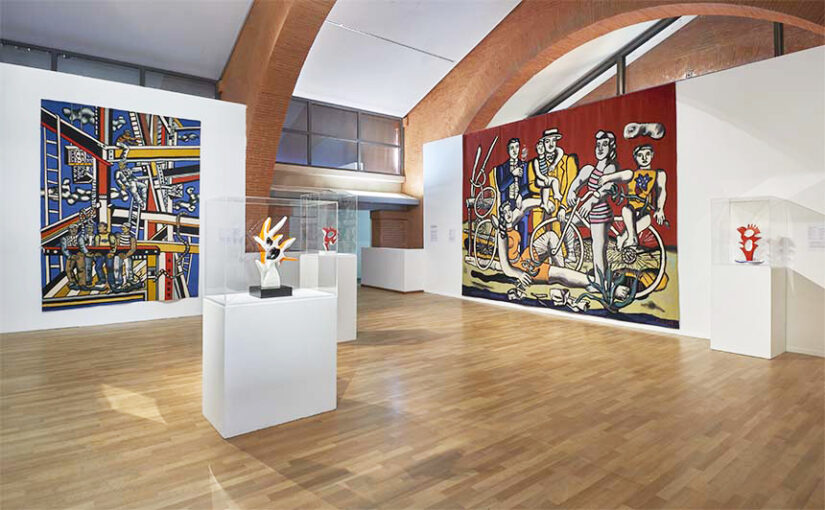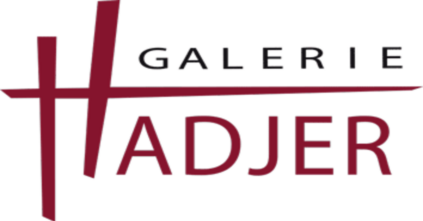Fernand Leger Tapestries
FERNAND LÉGER (1881 – 1955)
A major artist of Cubism, he created one of the most distinctive artistic styles of the 20th century.
It retains an important place in the history of modern art.
Fernand Léger is the painter of progress, both social and mechanical. He paints both the world of leisure and workers at work. Emblematic motifs such as propellers, gears, architectural elements, recall how much the avant-garde was fascinated by technological advances. His work is a celebration of modernity.
Léger’s graphic style is immediately recognizable and he exerts a considerable influence on other artists. It is therefore now more difficult to understand the impact of his work than when he first appeared a hundred years ago. Besides his paintings, which now sell for millions of dollars, Léger has worked in a wide range of media, including tapestry, mosaic, prints, and theater design.
FERNAND LEGER AT AUBUSSON
Galerie Hadjer is privileged to offer one of the largest selections of important Fernand Léger tapestries in the world. Fernand Léger was very active in tapestries from the 1930s and collaborated with the best weavers of Aubusson to create not only tapestries of his best known works, but also original cartoons designed for this medium. The Léger family also commissioned or approved tapestries by workshops that had worked with the artist during his lifetime, many of which were destined for the Léger museum in Biot.
In this field, his oldest work, the “Masque Nègre”, woven thanks to the initiative of Marie Cuttoli, dates from 1924.
In Fernand Léger’s mind, all these forms of monumental art were indeed closely linked. Such are, among others, the two large tapestries that adorn the entrance hall of the Museum of Biot: “Les Baigneuses” and “Ciel France”.
Fernand Léger – The Bathers – 1962, Atelier Pinton, Aubusson, France

LEGER TAPESTRY EXHIBITION
It must be admitted that few works lend themselves as well as those of Léger to projection on the wall. Vitality of the composition, purity of the tones, freedom from the third dimension, everything contributes to the success of these woven transpositions, where, whatever the differences in measure, the rhythm not only remains, but is amplified on a monumental scale.
Fernand Léger, tapestries and ceramics, 16 Dec – 9 May 2021, Les Abattoires Museum, France


Builders blue background, Hadjer Gallery Collection
As early as the 1920s, Fernand Léger was enthusiastic about art “outside the frame”, an art that he took to the streets. He asserted the importance of a “mural” art and envisaged a collaboration between painters and architects. He collaborated with the most influential personalities of his time: Robert Mallet-Stevens, René Herbst, Pierre Chareau, Charlotte Perriant and especially Le Corbusier. For Le Corbusier, Léger’s painting was the sister of architecture and his paintings themselves “called for a new architecture”.
In the post-war period, Fernand Léger pursued this ideal of a collective and popular mural art. In the United States, where he spent the Second World War, he was marked by the construction of skyscrapers. From then on, he continued the study of the spatial force of color begun forty years earlier, through ceramics, mosaics, stained glass and tapestry. “I wanted to mark a return to simplicity by a direct art, understandable for all, without subtlety,” said Fernand Leger on his return from exile. The multiplicity of supports, in order to facilitate the diffusion of his works, expresses his desire to popularize modern painting. Committed to social progress and education, Fernand Léger has always defended humanist values.
Fernand Leger, Shell composition designed in 1938, weaving in 1962, Gisèle Brivet Atelier, Aubusson, France

Hadjer Gallery Collection

